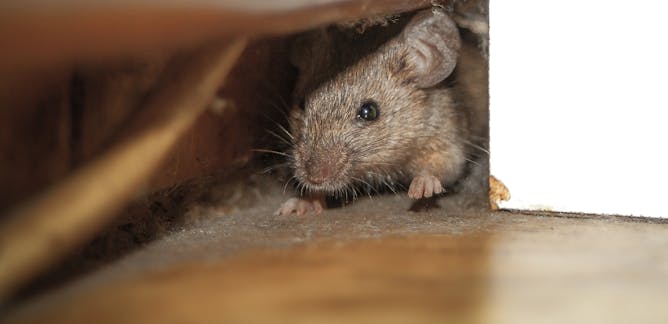
Articles on Urbanization
Displaying 1 - 20 of 21 articles

An evolutionary biologist is studying what these resilient urban pests can teach us about adaptation and evolution.

Contrary to popular beliefs, salt extraction has never been detrimental to the survival of the pink lake; instead, it prevents its asphyxiation.

More autocratic governments, growing urbanization and emerging technologies will bolster the spread of Chinese influence around the world, an expert on emerging economies explains.

During the global COVID-19 pandemic, people started moving into smaller cities, drawn by the possibility of more affordable and pleasant quality of life.

In this week’s episode of The Conversation Weekly, we speak with three scientists who study the ways plants and animals evolve in a world dominated by humans.

Well-designed residential developments with abundant tree cover can help protect cities against urban heat and flooding.

The sustainable and inclusive development of the St. Lawrence River is essential. A prolonged laissez-faire attitude will have harmful consequences on people and the environment.

During heatwaves, the highest temperatures are often found in urbanized areas. Small green spaces are often overlooked as a way to cool urban areas.

More than half of the world’s population lives in cities, and that share is growing. Rapid climate change could make many cities unlivable in the coming decades without major investments to adapt.

As sand markets boom, entrepreneurs, organized crime and others are cashing in — leaving widespread environmental damage in their wake.

COVID-19 is not the first – nor likely the last – to emerge from the two continents.

The current outbreak of COVID-19 underscores the need to study urban growth to understand the spread and control of future epidemics.

From Santiago and La Paz to Beirut and Jakarta, many of the cities now gripped by protest share a common problem: They’ve grown too much, too fast.

Urban pollutants are a health concern in growing cities. Scientists are turning to honey bees to help monitor contaminants in soil, water, air and plants.

Brazil’s scorpion infestation, which is terrorizing residents of São Paulo and other major cities, is a classic ‘wicked problem.’ That means officials must think outside-the-box to fix it.

Today, 8 out of every 10 Americans live in a city or suburb.

Our current celebration of cities is a big shift from the past generation when cities were seen to contain all of our problems. Should we believe the hype? Are the new ideas equally problematic?

Urban growth and landscape transformations in York region: How Vaughan and Markham are exploding.

Research shows that Indigenous women are at greatest risk of injury within Canada. Income, education and housing inequities play a role. So does systemic racism and post-colonial trauma.

Research shows that technology disrupts economies of scale, turning megacities’ huge populations from strength to liability. To survive, megacities, like companies, must adapt.

